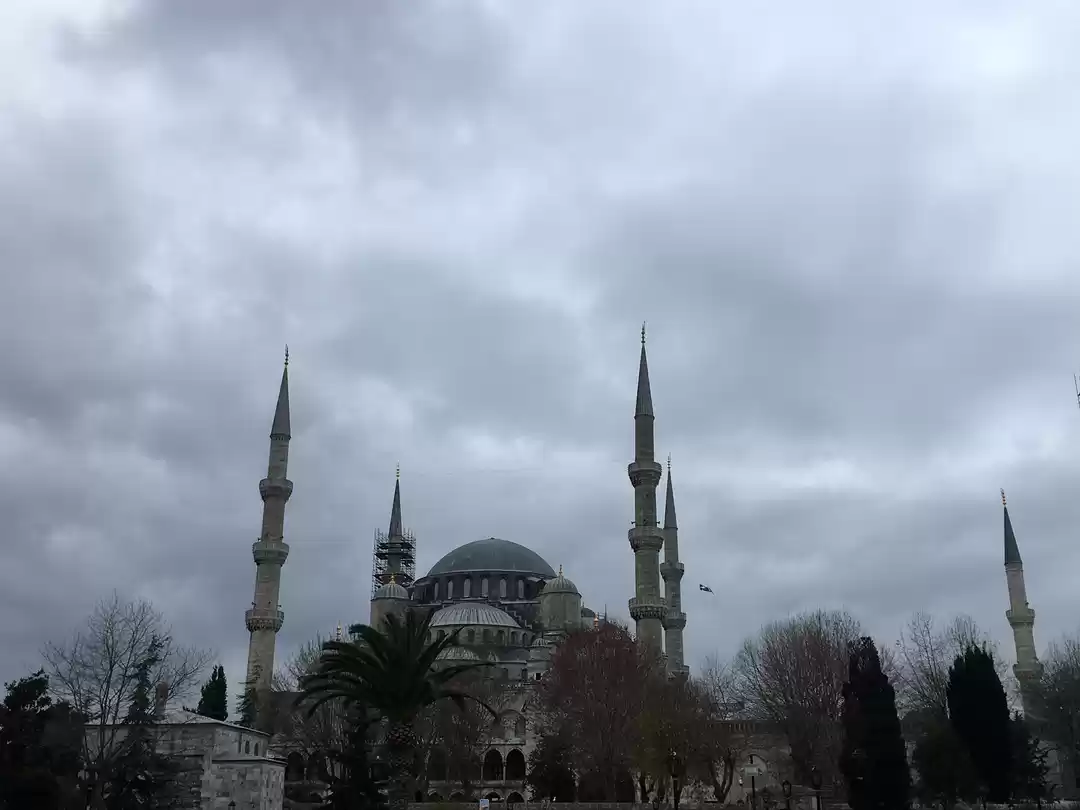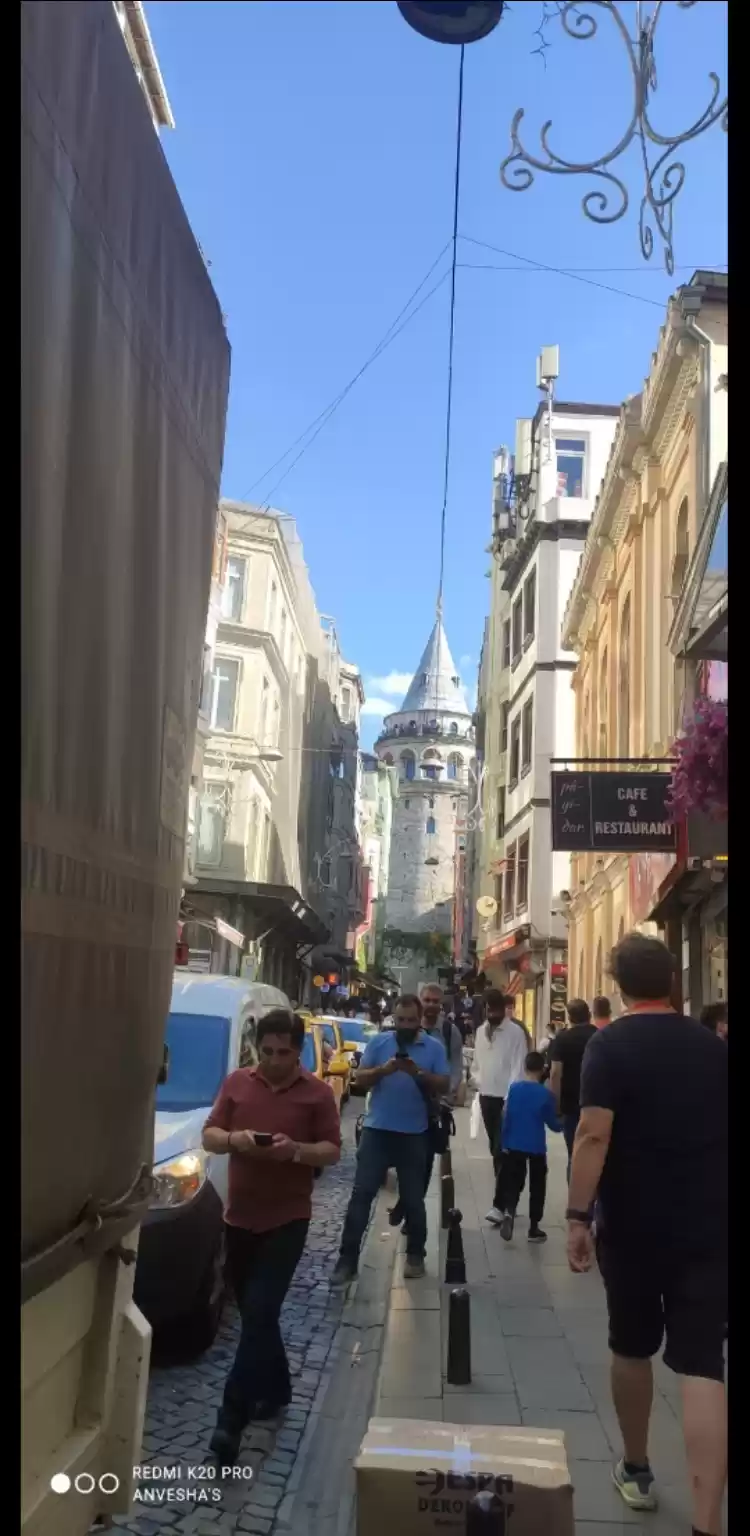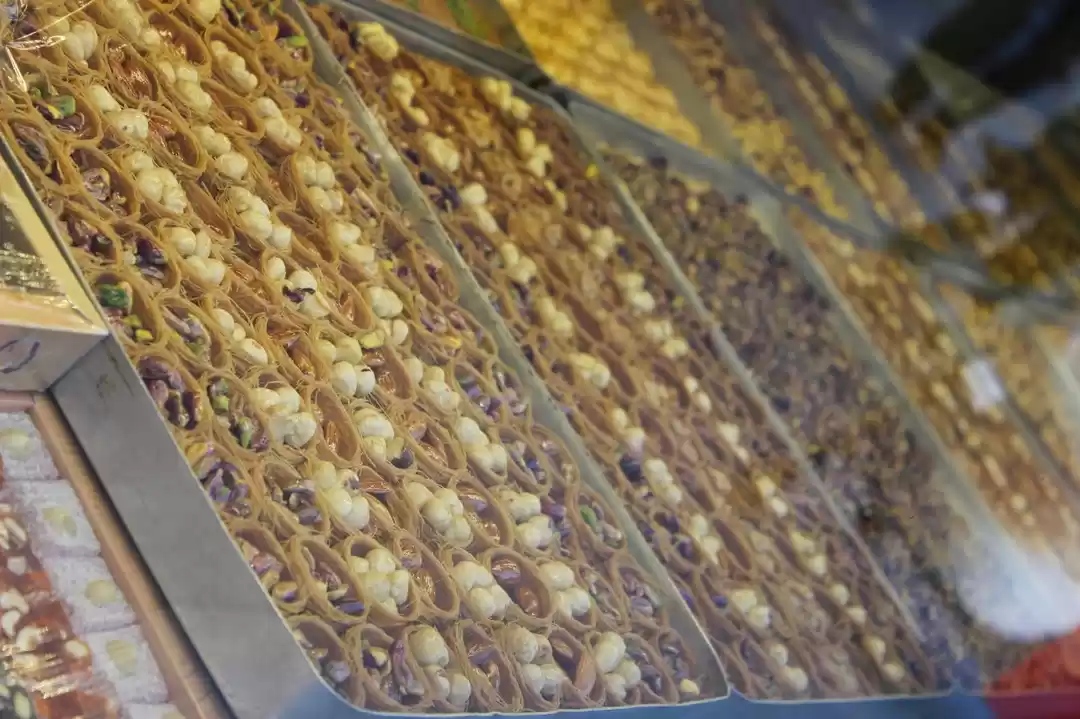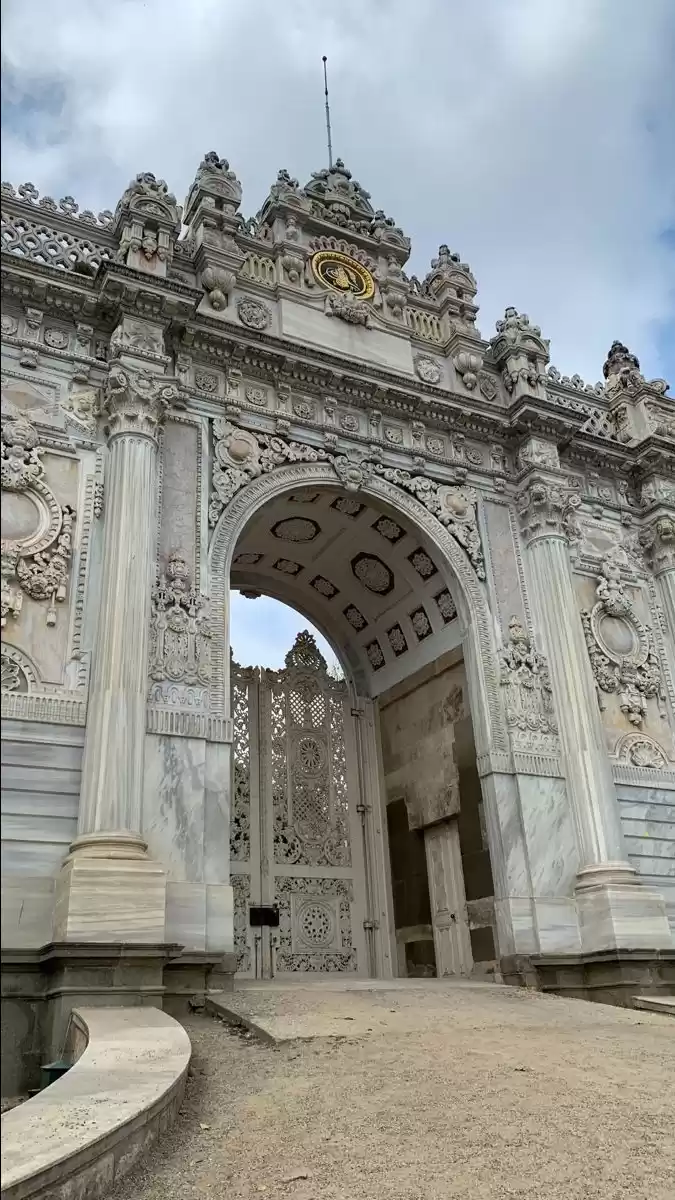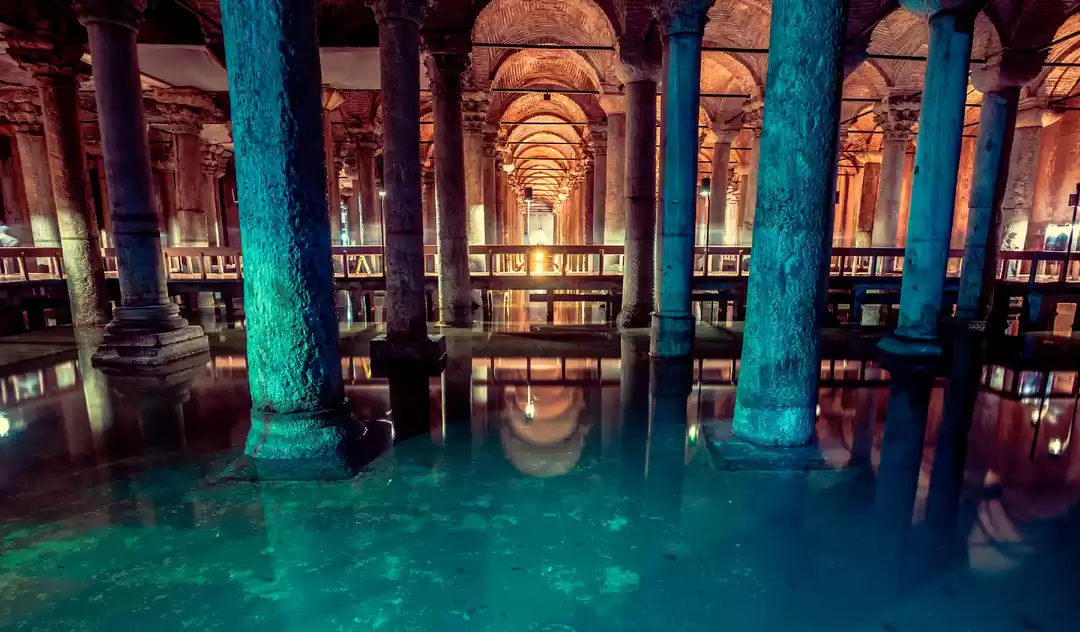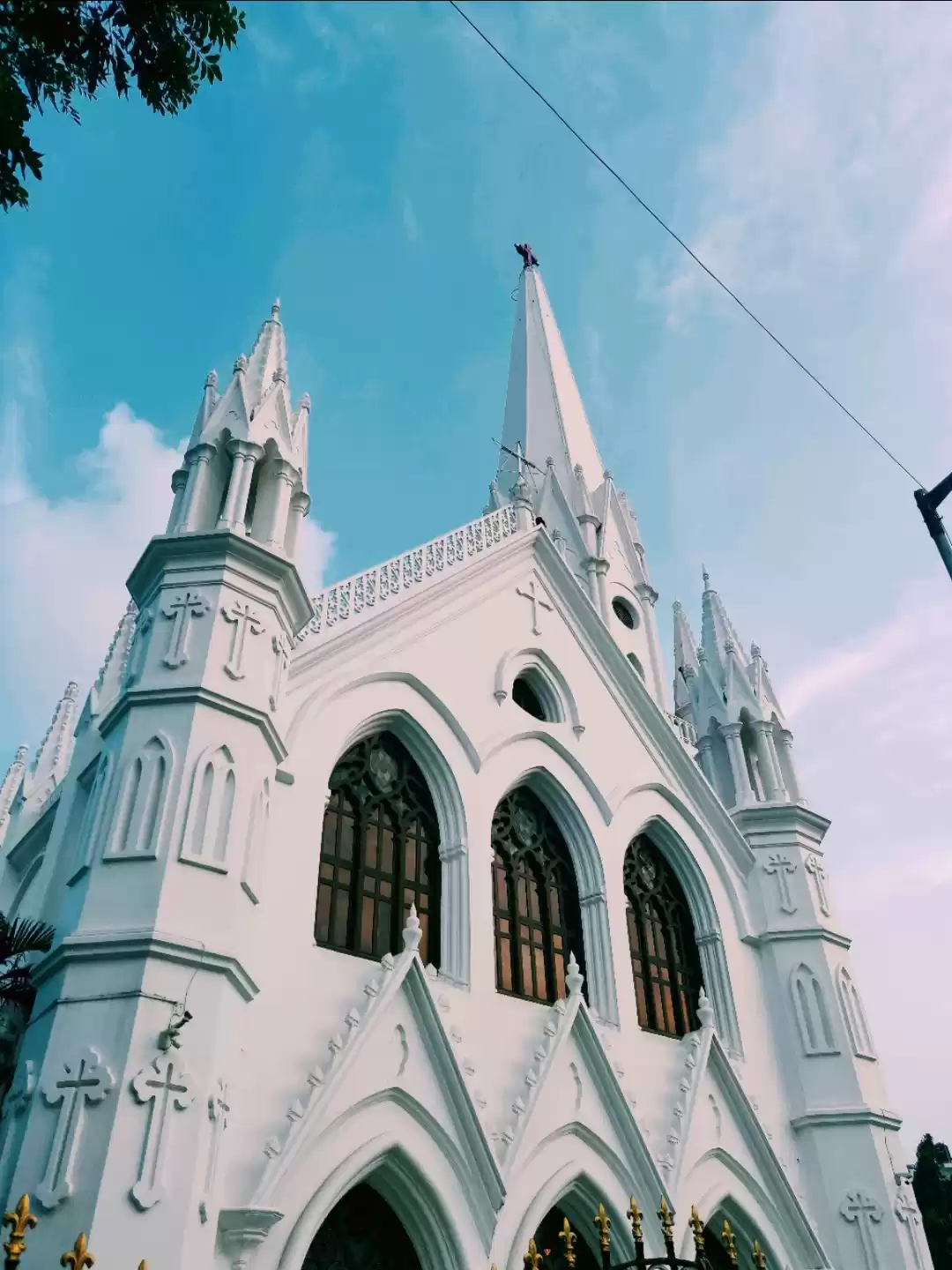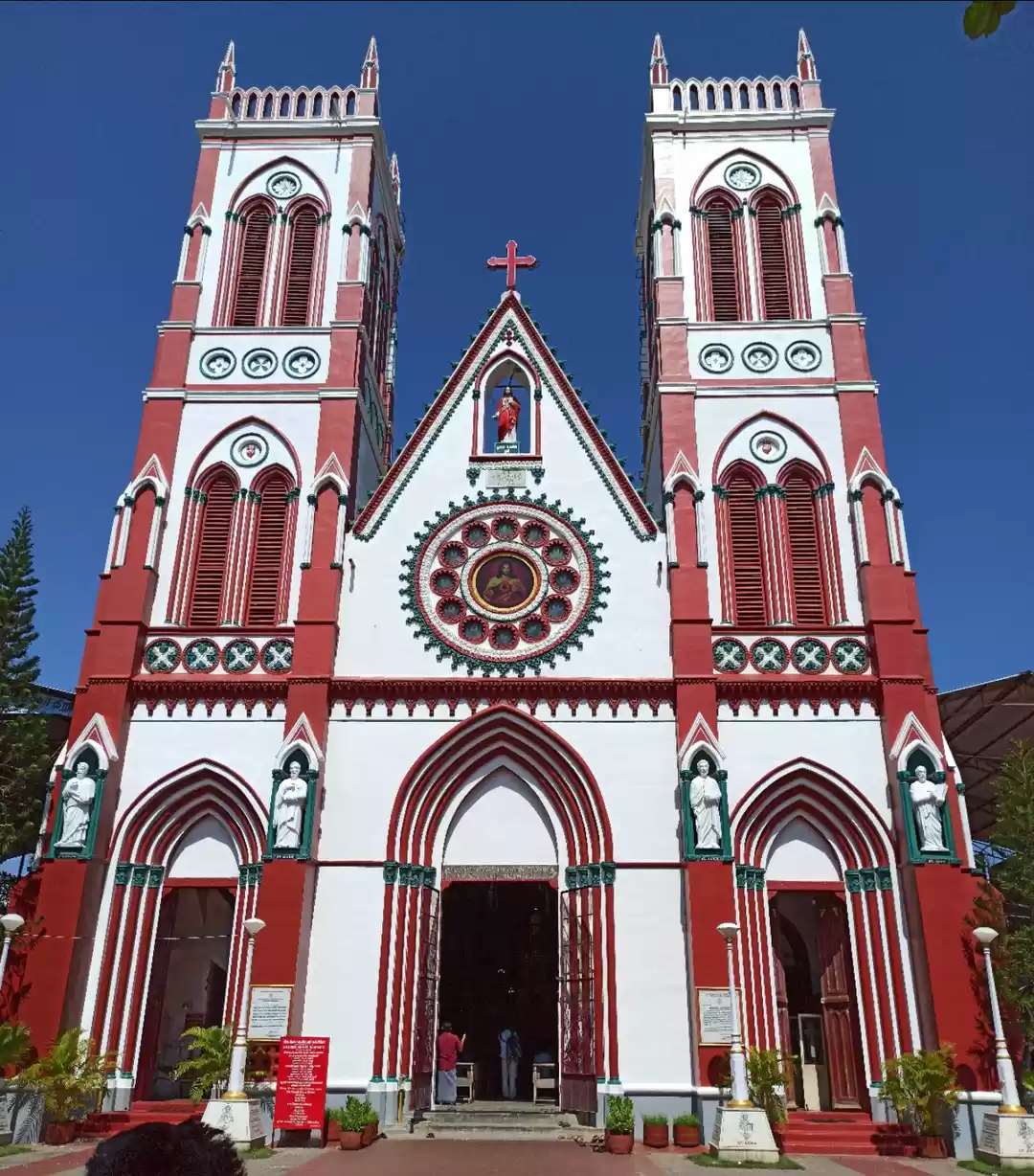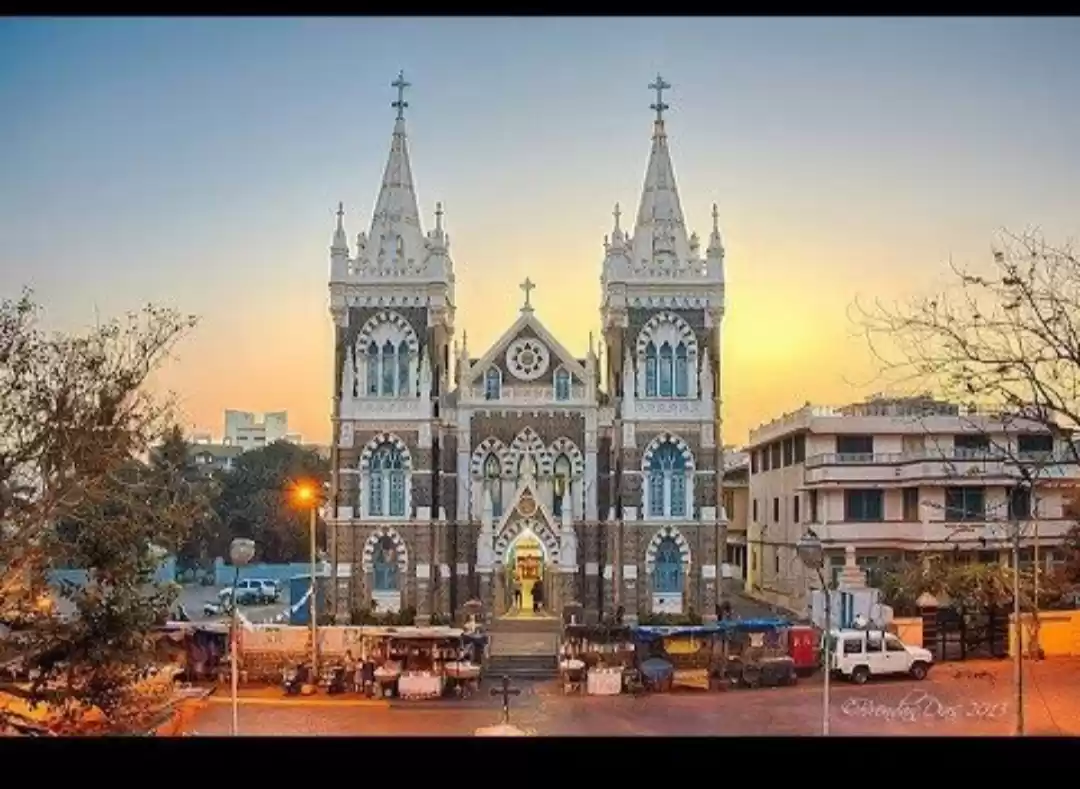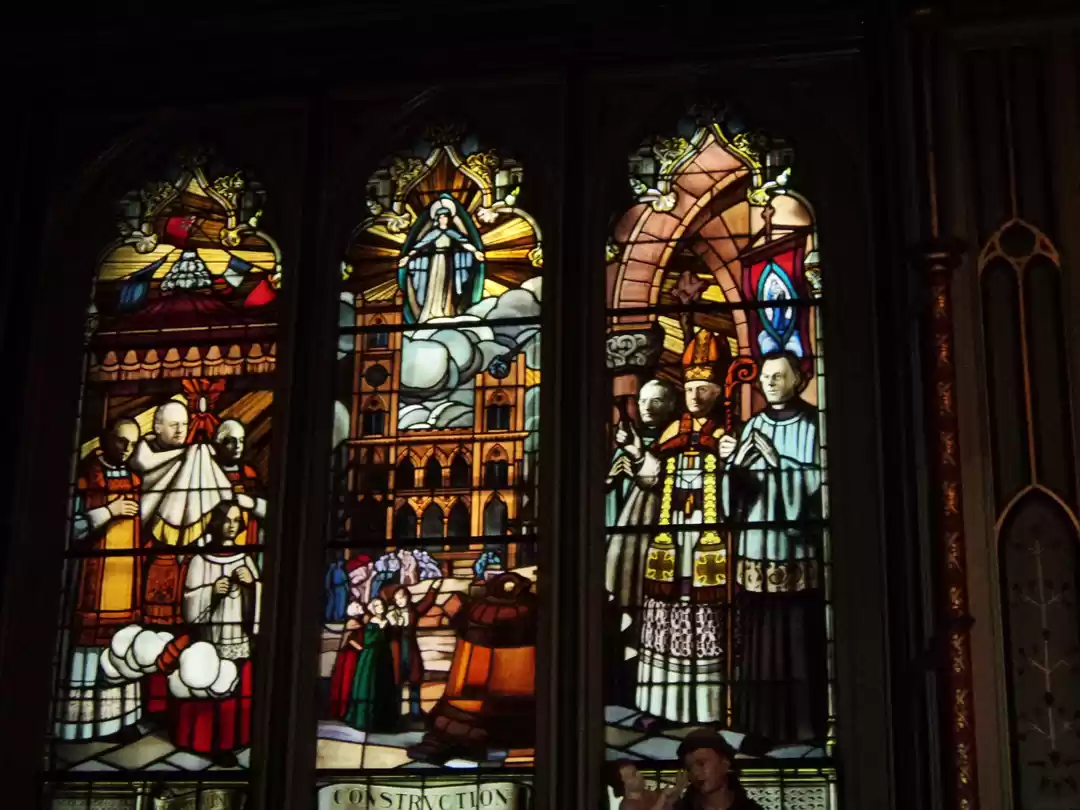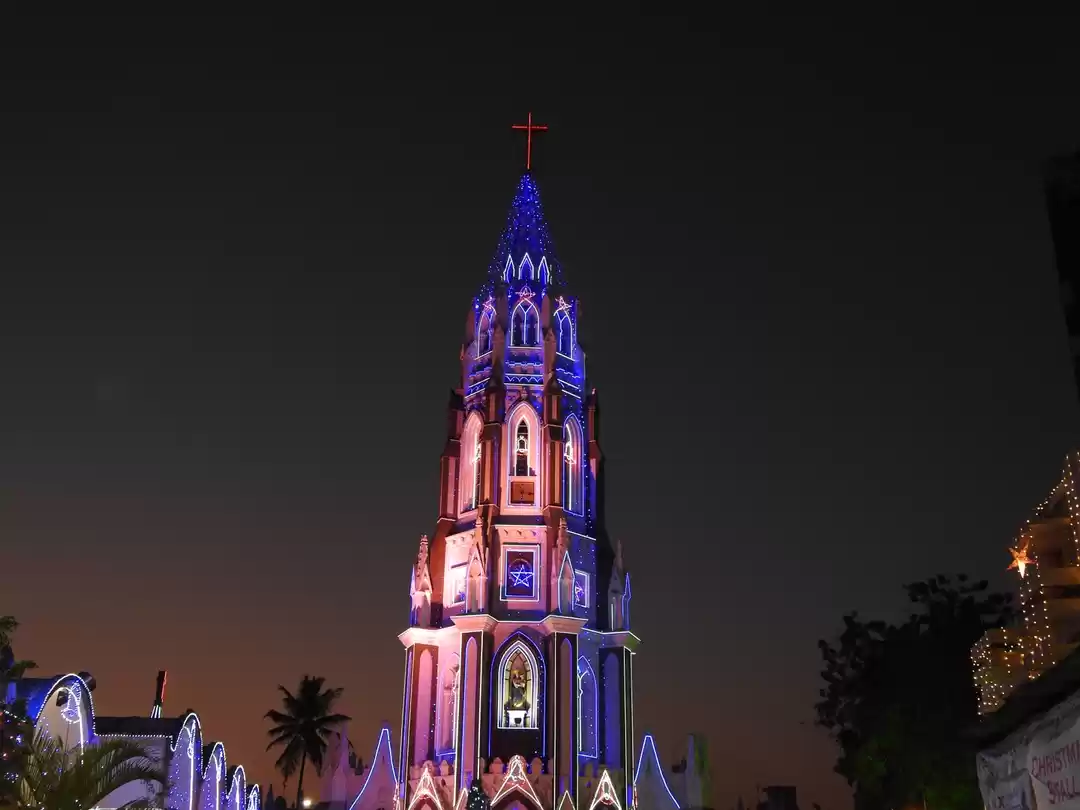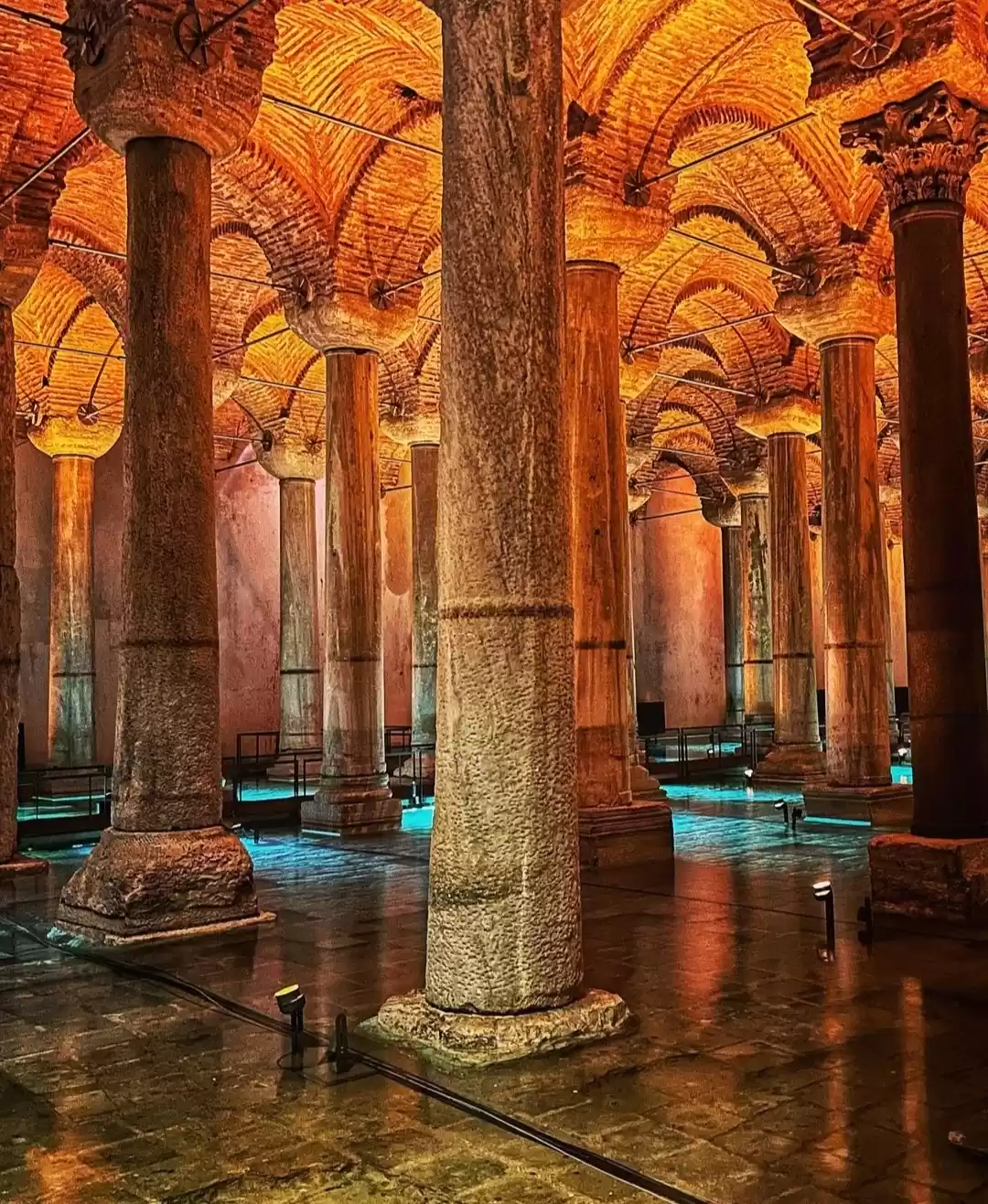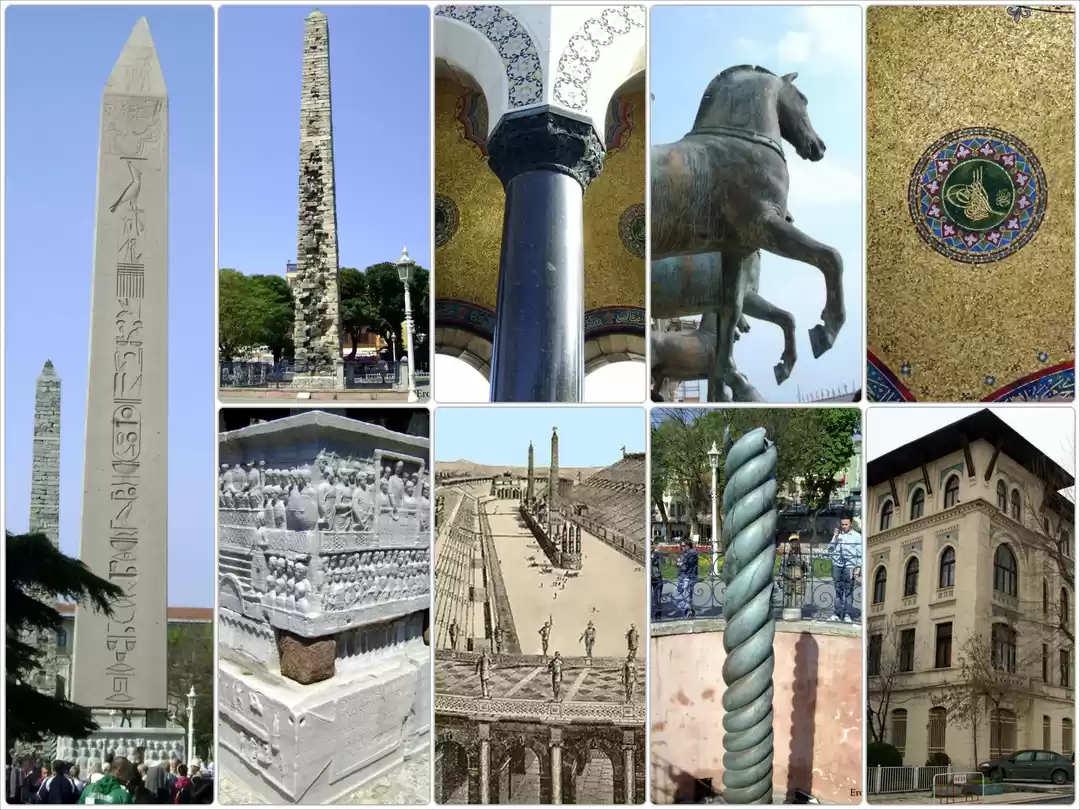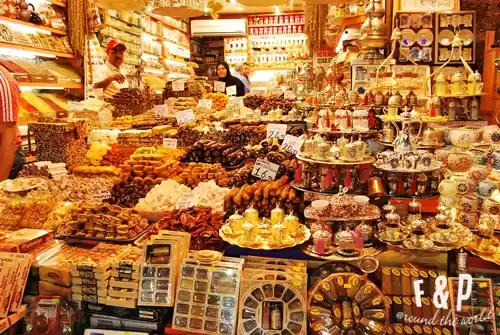Have you ever wondered what lies beneath the bustling streets of Istanbul? If you are looking for a unique and unforgettable experience, you should not miss the Basilica Cistern, one of the most impressive and mysterious attractions of the city. The Basilica Cistern is a massive underground water reservoir that dates back to the Byzantine era, and it is also known as the Yerebatan Sarnıcı or the Sunken Palace.
In this article, we will guide you through everything you need to know about visiting the Basilica Cistern, including its history, highlights, facts, tips, and tours. You will also learn some fascinating legends and stories about this hidden treasure of Istanbul.
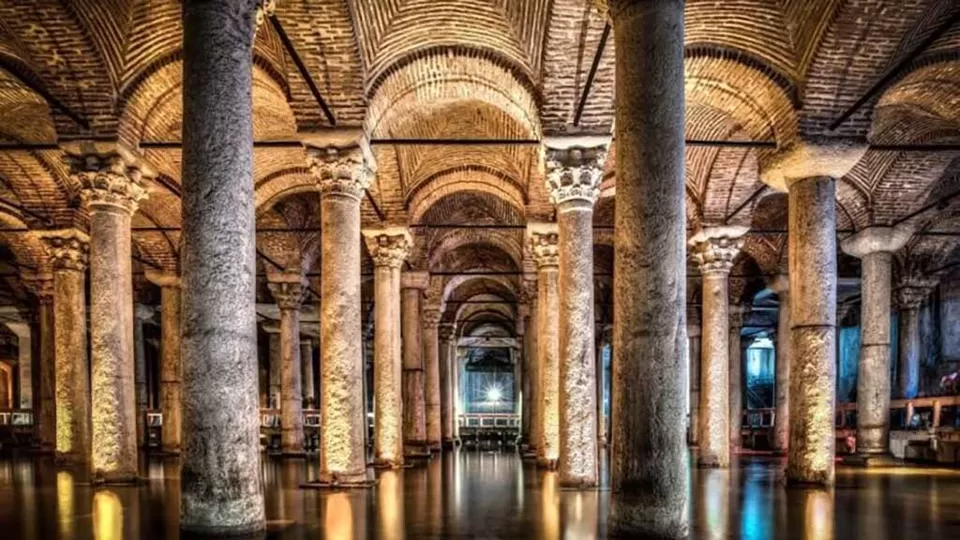
Highlights of the Basilica Cistern
The Basilica Cistern is not your ordinary water tank. It is a masterpiece of engineering and architecture, and a testament to the glory and power of the Byzantine Empire. As you descend the 52 steps to the entrance, you will be amazed by the sight of the vast and dimly lit hall, supported by 336 marble columns, each 9 meters high and 4.9 meters apart. The columns are arranged in 12 rows of 28, creating a symmetrical and harmonious pattern. The ceiling is decorated with elegant arches and vaults, and the floor is covered with water, creating a mirror-like effect. The water level varies from 0.6 to 1.5 meters, depending on the season and the rainfall.
The Basilica Cistern is not only a feast for the eyes, but also for the ears. As you walk along the wooden platforms, you will hear the soothing sound of dripping water, and the occasional splash of fish. Yes, there are fish in the cistern, mainly carp and goldfish, that were introduced to prevent the growth of algae and bacteria. The fish also add a touch of life and color to the otherwise dark and gloomy atmosphere.
The Basilica Cistern has several famous and iconic elements that you should not miss. The most popular ones are the Medusa heads, two ancient sculptures that serve as the bases of two columns in the northwest corner of the cistern. The Medusa heads are upside down and sideways, respectively, and their origin and meaning are shrouded in mystery. Some say they were placed that way to neutralize their petrifying gaze, others say they were meant to symbolize the triumph of Christianity over paganism, and others say they were simply reused from a nearby Roman building.
Another remarkable feature of the Basilica Cistern is the Hen's Eye Column, also known as the Tears Column or the Peacock's Eye Column, located in the northwest corner of the cistern. This column is different from the others, as it has engraved patterns and shapes that resemble the eyes and tears of a hen or a peacock. The column is said to commemorate the hundreds of slaves who died during the construction of the cistern, and their tears are immortalized in the stone.
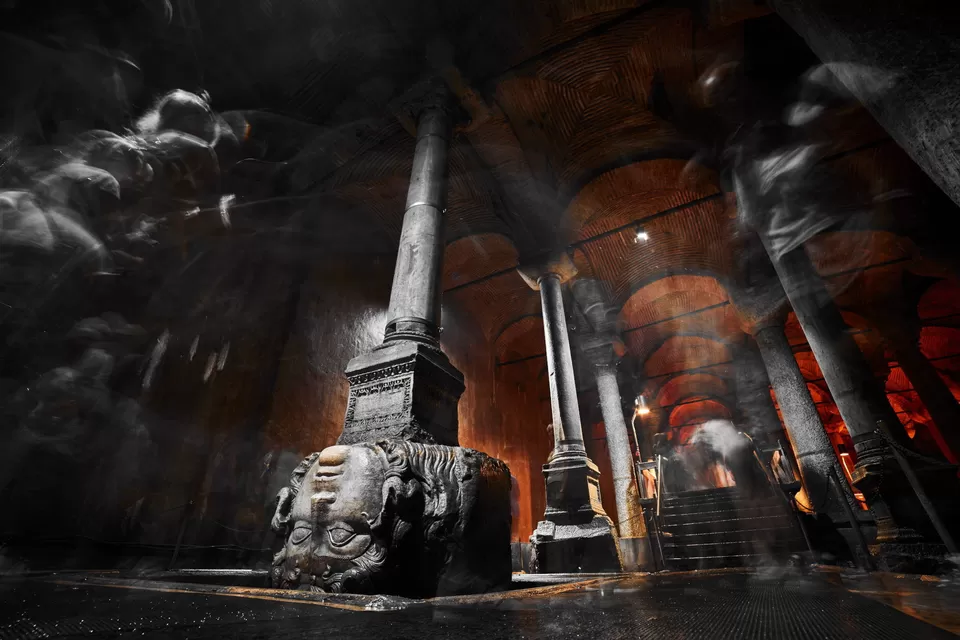
If you are feeling lucky, you should also visit the wishing corner of the Basilica Cistern, located in the southwest corner of the cistern. Here, you will find a column with a hole in it, and a bronze plaque with an engraved hand. The tradition is to put your thumb in the hole, and rotate your hand 360 degrees, while making a wish. Some people also throw coins in the water, hoping for their wishes to come true.
The Basilica Cistern is also famous for being the setting of a scene in the James Bond movie From Russia with Love, starring Sean Connery. In the movie, Bond and his ally Kerim Bey row a boat through the cistern, and use a secret passage to enter the Russian consulate. The cistern has also appeared in other movies, such as Inferno, starring Tom Hanks, and The International, starring Clive Owen.
The Basilica Cistern is a place where you can admire the beauty and mystery of the underground world, and feel the history and culture of Istanbul. It is a place where you can escape the heat and the crowds of the city, and enjoy a peaceful and relaxing time.
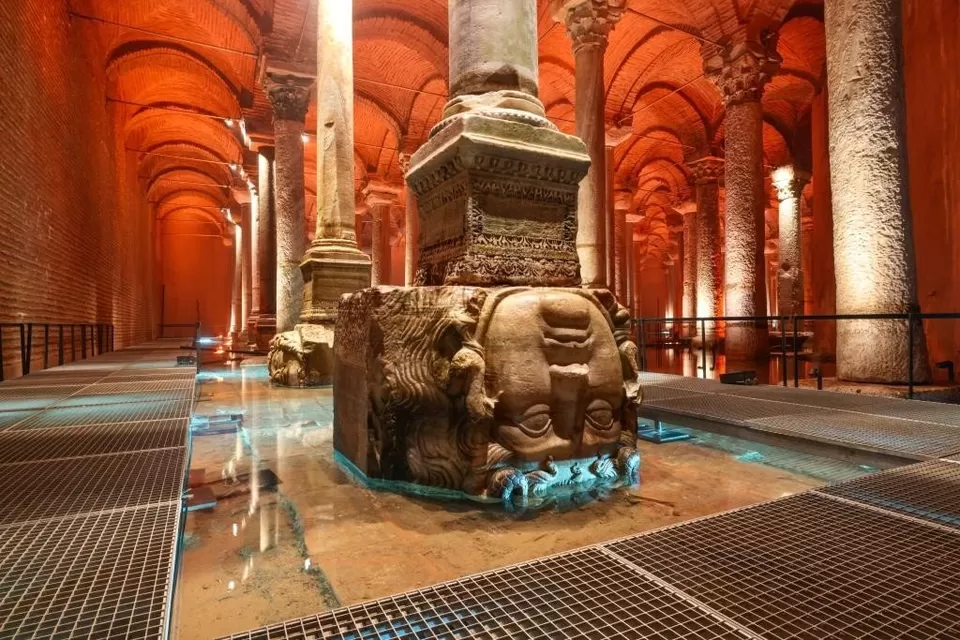
Facts and Legends of the Basilica Cistern
The Basilica Cistern is not only a stunning attraction, but also a rich source of information and stories. Here are some facts and legends that you may find interesting and surprising:
- The Basilica Cistern was built by Emperor Justinian I in 532 AD, as part of a large-scale project to supply water to the Great Palace and the surrounding buildings. The cistern was named after a basilica that stood on the same site, and that was destroyed by fire in 476 AD.
- The Basilica Cistern has a capacity of 100,000 tons of water, and it was supplied by an aqueduct that brought water from the Belgrade Forest, 19 kilometers away. The water was used for drinking, bathing, irrigation, and firefighting.
- The Basilica Cistern was forgotten and neglected for centuries, until it was rediscovered by the French traveler and scholar Petrus Gyllius in 1545. Gyllius was intrigued by the stories of locals who claimed to fish and draw water from their basements, and he decided to investigate. He found an entrance to the cistern, and explored its interior with a boat and a torch. He also discovered the Medusa heads, and brought them to the attention of the Western world.
- The Basilica Cistern was restored and renovated several times, most notably in 1985, 1994, and 2019. The restoration works included cleaning, repairing, and reinforcing the columns, walls, and ceiling, installing a drainage system, a lighting system, and a ventilation system, and adding a museum shop, a cafe, and a cultural center. The cistern was also drained of water, and only a small amount was left to preserve the fish and the ambiance.
- The Basilica Cistern is currently open to the public as a museum and a cultural site, and it hosts various events and exhibitions throughout the year. The most recent exhibition, titled "Underground Water Paradise", features 17 sculptures by the Turkish artist Ahmet Nejat Sirel, inspired by the elements of water, earth, and fire. The exhibition will run until December 2023, and it is included in the entrance fee.
- The Basilica Cistern is one of the several cisterns that exist in Istanbul, but it is the largest and the most famous one. Other cisterns that you can visit are the Binbirdirek Cistern, the Theodosius Cistern, and the Aspar Cistern.
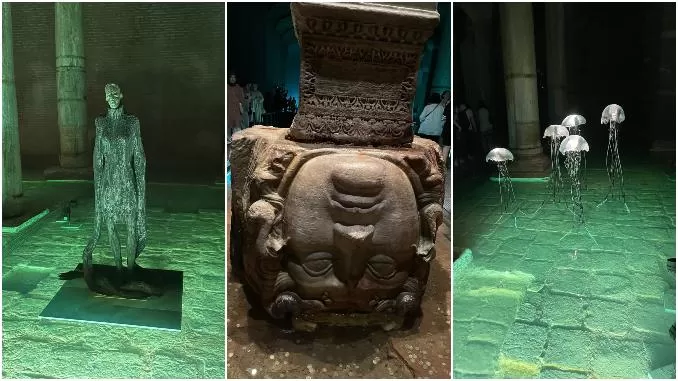
Tips and Advice for Visiting the Basilica Cistern
If you are planning to visit the Basilica Cistern, here are some tips and advice that will help you make the most of your experience:
- The best time to visit the Basilica Cistern is early in the morning or late in the afternoon, when it is less crowded and more quiet. The cistern can get very busy during peak hours, especially in the summer months, and you may have to wait in line to enter.
- The duration of the visit depends on your interest and pace, but you can expect to spend around 30 to 45 minutes inside the cistern. You can also spend some time in the museum shop, the cafe, and the cultural center, if you wish.
- The ticket options and prices for the Basilica Cistern are as follows:
- Regular ticket: 100 TL (Turkish Lira) per person, valid for one entry only.
- Istanbul Museum Card: 325 TL per person, valid for one year, and includes free entry to the Basilica Cistern and 11 other museums in Istanbul.
- Online ticket: 90 TL per person, valid for one entry only, and includes skip-the-line access. You can book your online ticket on the official website of the Basilica Cistern, or on other platforms such as GetYourGuide, Viator, or Klook.
- Guided tour: The price varies depending on the tour provider, the duration, the language, and the inclusions. You can book your guided tour online or on-site, and enjoy the benefits of professional guidance, historical and cultural insights, and skip-the-line access. Some tours also offer combination deals with other attractions, such as Hagia Sophia, Blue Mosque, Topkapi Palace, or Grand Bazaar.
- The opening hours of the Basilica Cistern are as follows:
- Summer season (April 1 - October 31): 9:00 AM to 6:30 PM, every day.
- Winter season (November 1 - March 31): 9:00 AM to 5:30 PM, every day.
- The last admission is 30 minutes before closing time.
- The cistern may be closed on some public holidays or special occasions, so it is advisable to check the official website or call the contact number before your visit.
- The location and transportation of the Basilica Cistern are as follows:
- The Basilica Cistern is located in the Sultanahmet district of Istanbul, the historical and cultural heart of the city. It is within walking distance from other major attractions, such as Hagia Sophia, Blue Mosque, Topkapi Palace, or Grand Bazaar. The address is Yerebatan Caddesi, No:1/3, 34410 Fatih/Istanbul.
- The easiest way to get to the Basilica Cistern is by public transport, such as tram, metro, bus, or ferry. The nearest tram stop is Sultanahmet, which is on the T1 line that connects the European and Asian sides of the city. The nearest metro station is Vezneciler, which is on the M2 line that runs from Yenikapi to Haciosman. The nearest bus stop is Sultanahmet, which is served by several bus lines, such as 28, 28T, 30D, 36T, 38E, 70FE, 71T, 80, 96T, and 99A. The nearest ferry terminal is Eminonu, which is a short walk or tram ride from the Basilica Cistern, and where you can catch a ferry to the Asian side or the Princes' Islands.
- If you prefer to drive or take a taxi, you should be aware that the traffic in Istanbul can be very congested and chaotic, especially during peak hours and weekends. You should also know that the parking options near the Basilica Cistern are limited and expensive, and you may have to park far away and walk to the attraction. The average taxi fare from the Ataturk Airport to the Basilica Cistern is around 60 TL, and from the Sabiha Gokcen Airport is around 150 TL, depending on the traffic and the route.
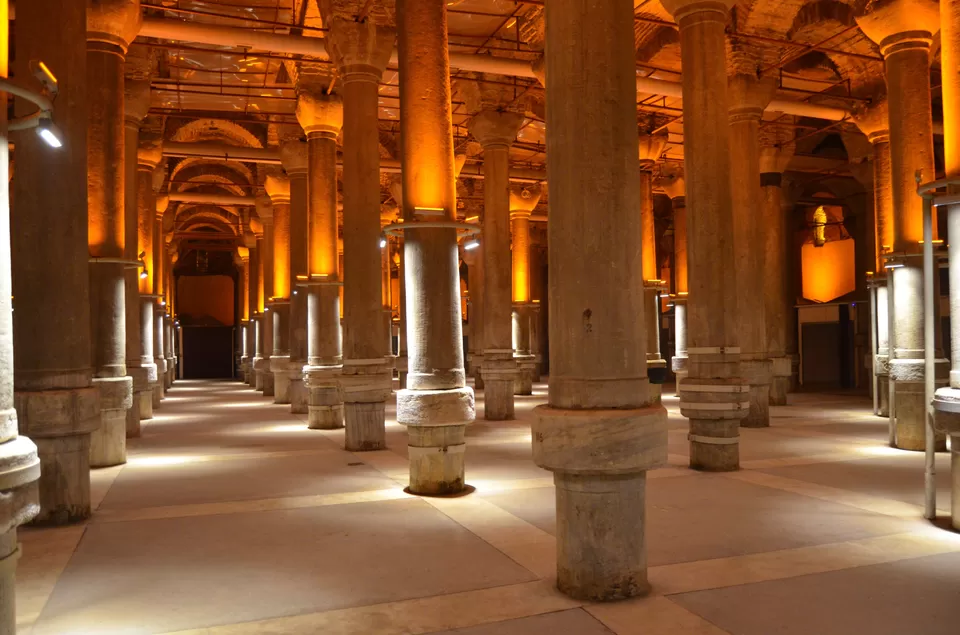
- The facilities and amenities of the Basilica Cistern are as follows:
- The Basilica Cistern has a museum shop, where you can buy souvenirs, books, postcards, and other items related to the attraction. The shop is located at the exit of the cistern, and it is open during the same hours as the cistern.
- The Basilica Cistern has a cafe, where you can enjoy a drink, a snack, or a meal, while admiring the view of the cistern. The cafe is located at the entrance of the cistern, and it is open from 9:00 AM to 7:00 PM, every day.
- The Basilica Cistern has a cultural center, where you can watch a documentary film about the history and the restoration of the cistern, and learn more about its features and significance. The cultural center is located at the entrance of the cistern, and it is open during the same hours as the cistern.
- The Basilica Cistern has a cloakroom, where you can leave your coats, bags, umbrellas, and other items, free of charge. The cloakroom is located at the entrance of the cistern, and it is open during the same hours as the cistern.
- The Basilica Cistern has a restroom, where you can use the toilet, wash your hands, and change your clothes, if needed. The restroom is located at the exit of the cistern, and it is open during the same hours as the cistern.
- The Basilica Cistern has a wheelchair access, where you can enter and exit the cistern with a wheelchair, with the assistance of the staff. The wheelchair access is located at the entrance of the cistern, and it is open during the same hours as the cistern.
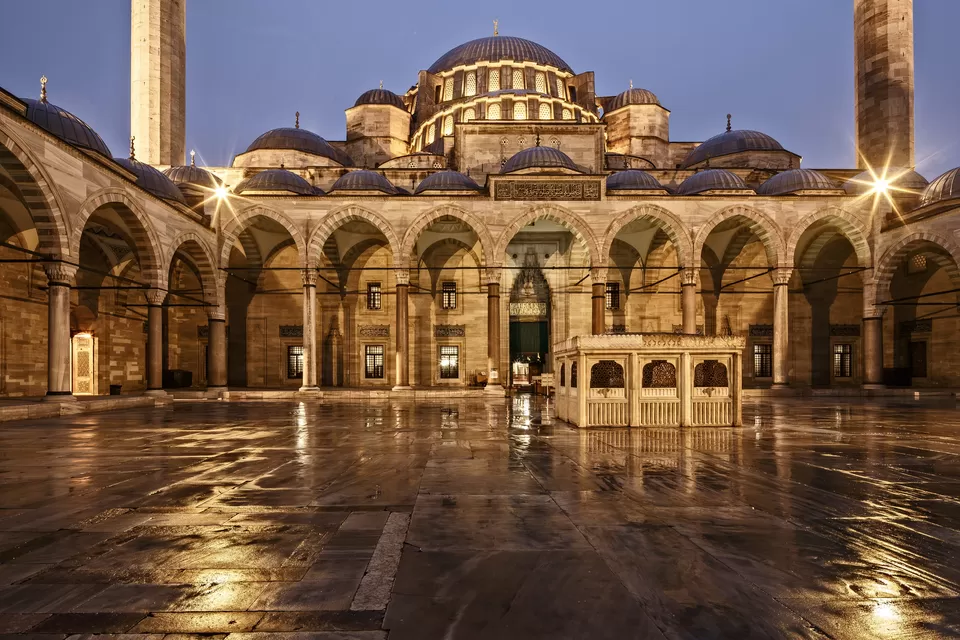
Conclusion
The Basilica Cistern is a hidden gem of Istanbul, a mysterious and magnificent underground attraction that dates back to the Byzantine era. It is a place where you can admire the beauty and mystery of the underground world, and feel the history and culture of Istanbul. It is a place where you can escape the heat and the crowds of the city, and enjoy a peaceful and relaxing time. It is a place where you can learn some fascinating facts and legends, and have some fun and memorable experiences.
If you are planning to visit Istanbul, you should not miss the Basilica Cistern, and book your tickets and tours online and skip the line. You will not regret it, and you will thank us later.



